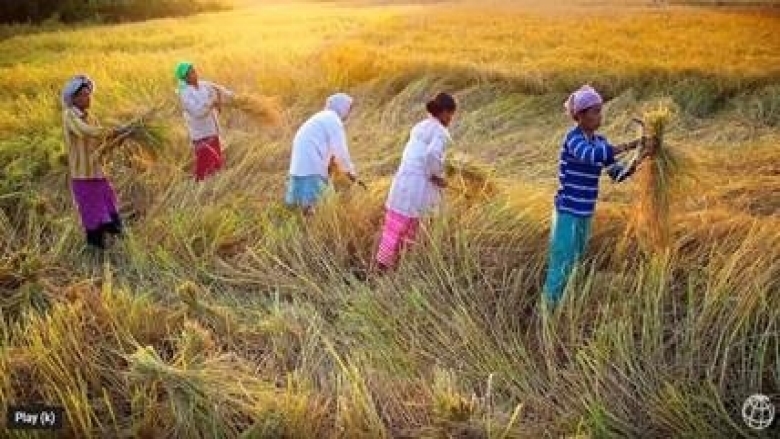Today is World Water Day and we take a closer look at six broad areas where the World Bank is supporting India’s efforts to better manage its water resources:
1. Providing Drinking Water to Rural Areas
Since 1991, however, it has sought to place communities in charge of their own water supply systems.
To help bring this about, four generations of World Bank projects have worked with India to test various reform options and pioneered new models of service delivery. Village level governments are now being empowered to choose, construct and operate their own water supply systems, with government water institutions playing the role of facilitator.
. Strong community involvement has lowered the cost of infrastructure, curbed the leakage of funds, and led to huge savings for the state exchequer.
2. Groundwater
.
. If current trends persist, 60 percent of India’s districts are likely to see groundwater tables fall to critical levels within two decades, placing at least 25% of the country’s agriculture at risk.
Unlike surface water bodies, which are managed by government institutions, groundwater management lies primarily in the hands of millions of water users across the country.
A new World Bank supported project will soon introduce water conservation practices and help equip communities 78 districts in seven Indian states to manage groundwater.

